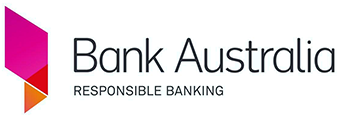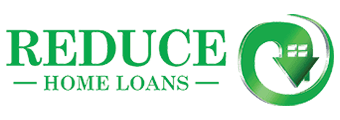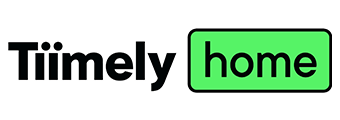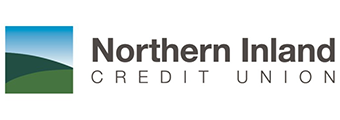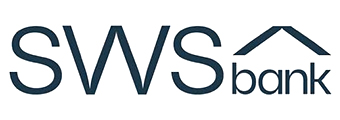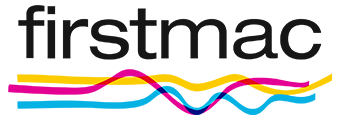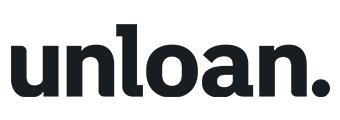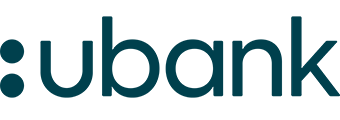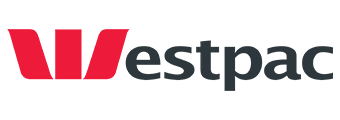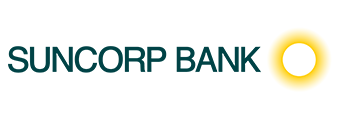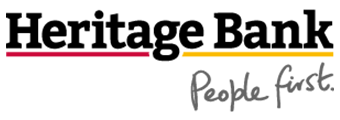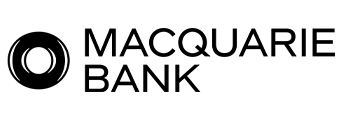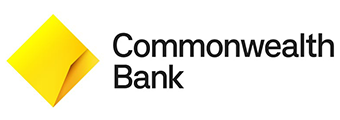| Lender | Home Loan | Interest Rate | Comparison Rate* | Monthly Repayment | Repayment type | Rate Type | Offset | Redraw | Ongoing Fees | Upfront Fees | Max LVR | Lump Sum Repayment | Extra Repayments | Split Loan Option | Tags | Features | Link | Compare | Promoted Product | Disclosure |
|---|---|---|---|---|---|---|---|---|---|---|---|---|---|---|---|---|---|---|---|---|
5.13% p.a. | 5.47% p.a. | $2,724 | Principal & Interest | Variable | $350 | $0 | 90% | |||||||||||||
5.19% p.a. | 5.24% p.a. | $2,742 | Principal & Interest | Variable | $0 | $500 | 60% | |||||||||||||
5.19% p.a. | 5.24% p.a. | $2,742 | Principal & Interest | Variable | $0 | $500 | 60% | |||||||||||||
5.35% p.a. | 5.64% p.a. | $2,792 | Principal & Interest | Variable | $299 | $0 | 80% |
From skyrocketing power bills to tougher building codes, Australians are under growing pressure to make their homes more energy efficient. Green home loans aim to ease that burden, rewarding borrowers with cheaper rates for properties that meet sustainability standards.
What are green home loans?
Green home loans, sometimes known as eco-friendly or sustainable home loans, are financial products designed to incentivise environmentally responsible housing choices.
These loans typically offer lower rates to homeowners who own or are buying a home that meets certain energy-efficiency metrics, thereby reducing its owner's carbon footprint.
Many green home loans can also be used to fund the construction or renovation of energy-efficient, environmentally friendly homes.
How do green home loans differ from traditional mortgages?
Green home loans usually offer lower interest rates than traditional home loans. They might also come with features to help borrowers carry out environmentally-friendly improvements in their homes. Here are three of the most common features of a green home loan:
1. Discounted or lower interest rate
These products generally offer lower rates to borrowers with sustainable homes or those who invest in energy-efficient home improvements. Such improvements can include adding solar panels, environmentally-friendly insulation, energy-efficient heating and cooling systems, and double-glazed windows.
2. Flexible repayment terms
Many green home loans offer greater flexibility when it comes to repayment terms than traditional mortgages. Such flexibility can help ease the financial burden associated with making eco-friendly upgrades. Some green home loans can even take the place of a construction home loan, drip feeding the funds needed to build or renovate a property and thereby saving a borrower interest.
3. Stringent eligibility tests
Unlike a typical home loan borrower, taking out a green home loan means proving your property is eligible. This might mean making a certain number of sustainable upgrades or securing certification from an approved organisation.
How to compare green home loans
When comparing green home loans, it helps to look at features such as interest rates, fees, and eligibility criteria. If you know what you need in a home loan, you can browse our table above and use the provided filters to select the most appropriate low-rate deal.
Interest rate
Perhaps the easiest way to compare green home loans is by considering their advertised interest rates. The interest rate dictates how much interest you'll pay on the funds you're borrowing each year. As a general rule, the lower the rate, the cheaper the repayments!
Comparison rate
Second to the interest rate (and in some cases more important) is the comparison rate. The comparison rate considers the overall cost of a home loan, including fees and revert rates, calculated considering a $150,000 loan over 25 years.
Type of interest rate
Many green home loan providers offer the products with both fixed and variable rates. Make sure to consider which will suit you best.
Discount periods
Green home loan products often offer lower rates than their traditional competitors. Though, interest rate discounts may only be offered for a set period of time, after which a borrower's rate may jump - potentially significantly.
Eligibility criteria
Green mortgages are specialised products with specialised criteria. Just because your home might be eligible for one, doesn't mean it will be eligible for all. For instance, some green home loans only ask that a home has solar panels installed, while others demand a high score from a ratings agency - typically only available to new builds.
Why do lenders offer green home loans?
For consumers, green mortgages may foster energy efficiency and promote lower environmental impacts. But what's in it for lenders? While we don't know what exactly leads individual lenders to make the decisions they do, here are some of the benefits that might be derived from offering green home loans:
|
Meeting sustainability and climate targets |
By offering special incentives for environmentally friendly property owners, banks and lenders might aim to reduce the financed emissions in their loan books (scope three emissions). This could help some meet climate targets, which can have a number of flow-on benefits. |
|
Market differentiation and reputation |
While green home loans aren't necessarily rare, they are still considered a niche product. By offering them, lenders might hope to differentiate themselves from the competition or bolster their reputation as a responsible lender - or both! |
|
Potential access to government-linked funding |
Some lenders also work with the Clean Energy Finance Corporation (CEFC), which provides low-cost funding to help support discounted green rates. |
|
Risk management |
While perhaps not a key reason, lenders might consider environmentally-friendly properties less risky, as they might be better suited to withstand environmental disasters, easier to insure, and their values may be less volatile over the long-term amid a changing climate. |
|
Alignment with investor expectations |
Institutional investors are increasingly demanding climate accountability from banks. By developing green lending products, banks may show they're taking action to minimise their scope three emissions. |
Pros and cons of green home loans
Benefits of a green mortgage:
- Lower interest rates
Many lenders provide financial perks like discounted interest rates or waived fees to green home loan borrowers, often making these products more cost-effective.
Drawbacks of green home loans:
- Eligibility requirements
Green home loans usually come with strict eligibility criteria, often requiring specific energy ratings or eco-certifications. - Limited lender options
Fewer lenders offer green home loans than do traditional home loans, which may limit borrowers' choices. - Introductory discounts
Some green home loans only offer interest rate discounts for a select period of time or exclusively on fixed rate products.
How to qualify for a green home loan
Qualification criteria for green home loans can vary between lenders and products. Typically, borrowers must buy or own a home that meets a certain sustainability score or implement a specific number of sustainable upgrades to be eligible.
The two most common providers of sustainability scores are the Nationwide House Energy Rating Scheme (NatHERS) and the Green Building Council of Australia.
NatHERS
NatHERS rates a building's eco-friendliness out of ten stars, with those rated seven stars or higher generally eligible for a green home loan.
Many states in Australia demand new homes boast a NatHERS rating of seven stars or higher, so if you own or are building a new home, you might qualify by default.
Green Star
The Green Building Council of Australia can also certify that a home is sustainable with its Green Star Homes Certification. Fewer lenders accept this certification than do a NatHERS star rating.
Sustainable home improvements
Certain lenders might also consider a home eligible for a green mortgage if a specific number of 'sustainable' improvements have been made within a set timeframe.
Solar panels
Some lenders provide lower interest rates to owners of homes that have or soon will have solar panels installed.
Which lenders offer green home loans?
Plenty of financial institutions offer green home loans. Here are a few that do, and you can find more by perusing the table above:
CommBank
CommBank's Green Home Offer provides borrowers with a discounted standard variable rate loan when they build, buy, or renovate their home to be more sustainable, climate resilient, and energy efficient.
NAB
NAB offers lower interest rates and discounted Lenders Mortgage Insurance (LMI) to eligible 'sustainable' home loan customers.
loans.com.au
loans.com.au's Solar Home Loan is available for homes that have solar panels installed.
Bank Australia
Bank Australia offers a green home loan product for new, all-electric homes with a 7.5-star NatHERS rating and solar panels.
Frequently asked questions about green home loans
Yes. Some lenders allow borrowers to use green home loans to fund renovations or upgrades – such as installing solar panels, improving insulation, or adding energy-efficient heating and cooling systems. Others only apply green discounts to newly built homes that already meet certain ratings. Always check the specific lender’s terms.
No. Some lenders extend green loan products to investors, provided the property meets eligibility standards.
Savings will vary borrower-to-borrower and loan-to-loan. If a typical green discount is 10 to 30 basis points off the standard variable or fixed rate, this could amount to thousands in interest savings over a 30 year home loan, especially when paired with reduced household energy bills.
If you’re considering a green home loan, use Your Mortgage’s Mortgage Repayment Calculator to learn how much you might save.
A green home loan is a discounted mortgage offered on properties that already meet sustainability standards – for example, homes with a seven-star NatHERS rating or Green Star certification. In contrast, a sustainable upgrades loan (such as those offered by major lenders including CommBank, Westpac, ING, and Suncorp) is typically a smaller, add-on facility designed to fund eco-friendly improvements to an existing property. Borrowers can use an upgrades loan without refinancing their main mortgage, whereas a green home loan generally applies to the full home loan itself.
Some lenders allow green home loans to operate like construction loans, with funds drawn down in stages. The finished property usually needs to meet energy-efficiency standards such as a seven-star NatHERS rating.
In many cases, discounted rates apply only for a set period (such as five years). Once that period ends, or if the lender reassesses and your property doesn’t meet the required standards, your rate may revert to that of a standard product. Borrowers should read the fine print before applying.
Latest Home Loan Lenders' Interest Rates
Looking for a specific Home Loan Provider? Explore the brands we compare to see a list of their products, rates and features.

Get help finding
the right home loan
Not sure which type of loan is best for your needs?
Your Mortgage can help you find out.
